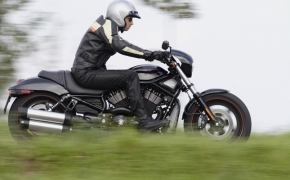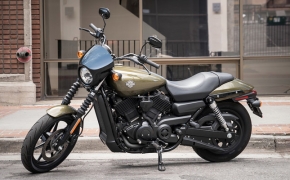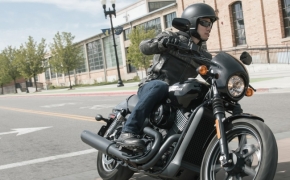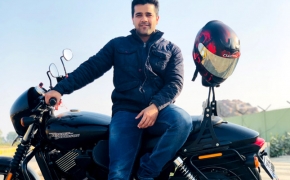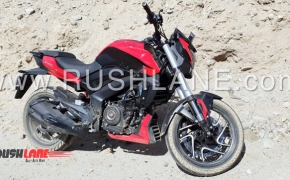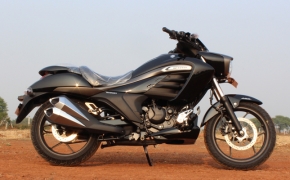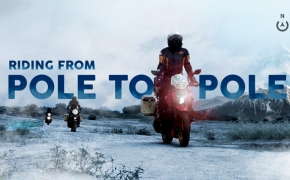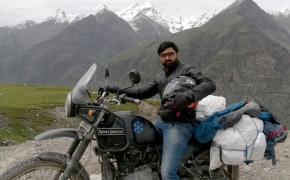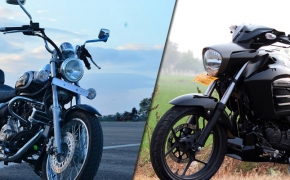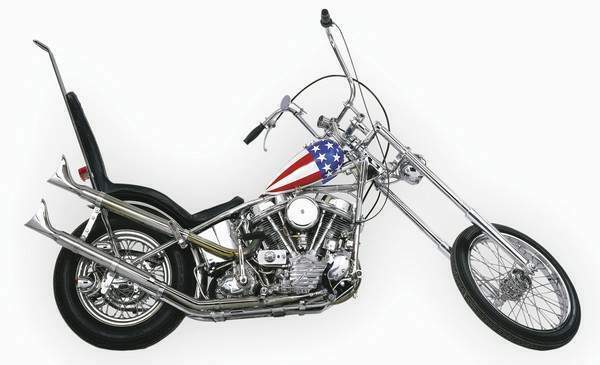 Motorcycle handling is a very interesting and important topic. Handling is something which truly sets apart 2 wheelers from the rest. There are more than one factor working behind the actual handling of a motorbike. However, you can easily make out the layout of any motorcycle either by the chassis/frame of it or by simply the front fork angle. It would not be difficult for you to make out the difference between a cruiser and a dirt bike or a sportbike, but getting into the details of the bike you can easily spot some basic difference which differentiate them more than their appearances.
Motorcycle handling is a very interesting and important topic. Handling is something which truly sets apart 2 wheelers from the rest. There are more than one factor working behind the actual handling of a motorbike. However, you can easily make out the layout of any motorcycle either by the chassis/frame of it or by simply the front fork angle. It would not be difficult for you to make out the difference between a cruiser and a dirt bike or a sportbike, but getting into the details of the bike you can easily spot some basic difference which differentiate them more than their appearances.A cruiser motorcycle is often identified by its long and extended front forks with more lean angle, whereas motorbikes like any other superbike has comparatively shorter and less extended front forks. The angle of the front forks, at which they are fitted with the steering head determines the "Rake Angle".
The Rake angle or Caster angle of the motorcycle along with the factors like "Trail" and "Offset" are the major elements responsible for the handling of the bike and the way it is going to be behaved on the road will be determined by these factors.
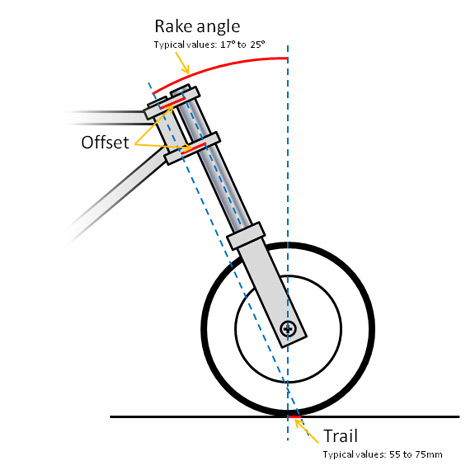 Factors Affecting Motorcycle Handling
Factors Affecting Motorcycle HandlingHandling is the property of the frame and steering angle of the motorcycle. It depends on the rake angle and trail, which in turn are decided based on the application of the motorcycle – cruiser, commuter or sports, broadly. The Offset decides the rake angle and trail of a motorcycle.
Rake Angle/ Caster Angle
Rake angle determines the ability of a motorcycle to steer, it directly affects the steering ability of a motorbike, how fast or slow the motorcycle can take turns will be depending upon the rake angle it bears. A rake angle is the angle which can be calculated by drawing an imaginary perpendicular line from the front axle and a line drawn from the steering head of the bike.
A smaller rake angle means the motorcycle will be easier to corner but less stable in a straight line.
Trail
Trail is what ultimately decides the tire contact patch area. Contact patch, as you know, is the part of the tire which remains in contact with the road. The length of the contact patch that remains in contact is decided by the trail, which in turn depends on the rake angle.
Greater trail means more straight line stability, as the lateral force generated due to more trail is greater, but it will be more difficult while cornering or turn.
Wheelbase
First of all, get this in your head– wheelbase is a property of the axles (part of the frame and suspension) and not of the wheels. Changing the wheel size, profile or diameter won`t affect the wheelbase, though it will of course affect handling. Longer wheelbase entails more stability, a shorter one means the motorcycle will turn quicker and will be more flickable.
Distance Between Steering Head & Swingarm Pivot
The distance between Swingarm Pivot and Steering Head is equally important for the handling of the bike and it affects handling by a great factor. The shorter the distance between the swingarm pivot point and steering head, the tighter a motorcycle can turn. Normally, in all sportbikes the distance between the swingarm pivot point and the steering head is kept as less as it can be by the manufacturers.
Rake angle determines the ability of a motorcycle to steer, it directly affects the steering ability of a motorbike, how fast or slow the motorcycle can take turns will be depending upon the rake angle it bears. A rake angle is the angle which can be calculated by drawing an imaginary perpendicular line from the front axle and a line drawn from the steering head of the bike.
A smaller rake angle means the motorcycle will be easier to corner but less stable in a straight line.
Trail
Trail is what ultimately decides the tire contact patch area. Contact patch, as you know, is the part of the tire which remains in contact with the road. The length of the contact patch that remains in contact is decided by the trail, which in turn depends on the rake angle.
Greater trail means more straight line stability, as the lateral force generated due to more trail is greater, but it will be more difficult while cornering or turn.
Wheelbase
First of all, get this in your head– wheelbase is a property of the axles (part of the frame and suspension) and not of the wheels. Changing the wheel size, profile or diameter won`t affect the wheelbase, though it will of course affect handling. Longer wheelbase entails more stability, a shorter one means the motorcycle will turn quicker and will be more flickable.
Distance Between Steering Head & Swingarm Pivot
The distance between Swingarm Pivot and Steering Head is equally important for the handling of the bike and it affects handling by a great factor. The shorter the distance between the swingarm pivot point and steering head, the tighter a motorcycle can turn. Normally, in all sportbikes the distance between the swingarm pivot point and the steering head is kept as less as it can be by the manufacturers.
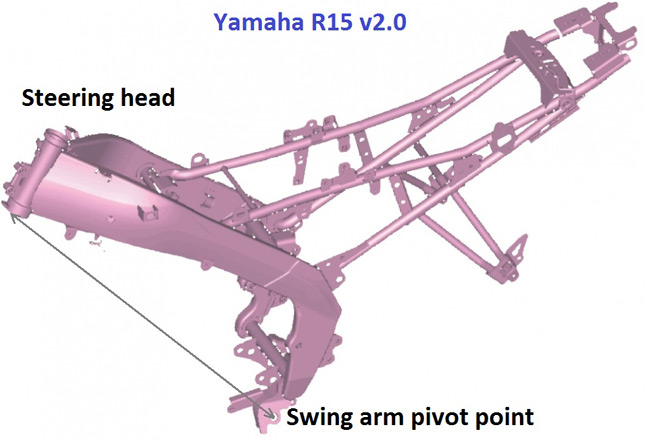 We can compare a Harley Davidson Fat Boy motorcycle which has a larger rake angle and trail as compared to a Yamaha R1, hence it is slower to turn in as compared to the Yamaha.
We can compare a Harley Davidson Fat Boy motorcycle which has a larger rake angle and trail as compared to a Yamaha R1, hence it is slower to turn in as compared to the Yamaha.Harley Davidson Fat Boy
Rake angle– 31.6 degrees
Trail– 147 mm
Wheelbase– 1630 mm
The HD Fat Boy is very stable in a straight line and it is not a cornering machine, like most cruisers.
Yamaha R1
Rake angle– 24 degrees
Trail– 102 mm
Wheelbase– 1405 mm
The R1, is superb at cornering but doesn`t offer arrow like stability, as you know. It is very flickable, though. The R1 is always happy at the race tracks.
So, folks next time when you see the bikes with different design, don't just go by their respective design types only but look deeper into the elements affecting the vital functions of the motorcycle. Rake angle– 31.6 degrees
Trail– 147 mm
Wheelbase– 1630 mm
The HD Fat Boy is very stable in a straight line and it is not a cornering machine, like most cruisers.
Yamaha R1
Rake angle– 24 degrees
Trail– 102 mm
Wheelbase– 1405 mm
The R1, is superb at cornering but doesn`t offer arrow like stability, as you know. It is very flickable, though. The R1 is always happy at the race tracks.
By: Vikram Malhotra












